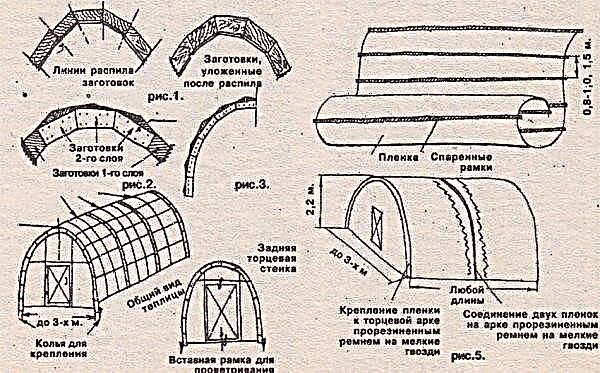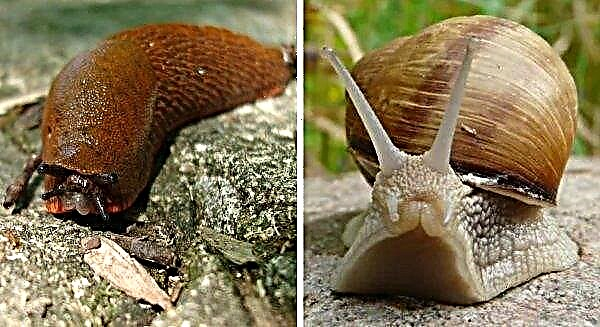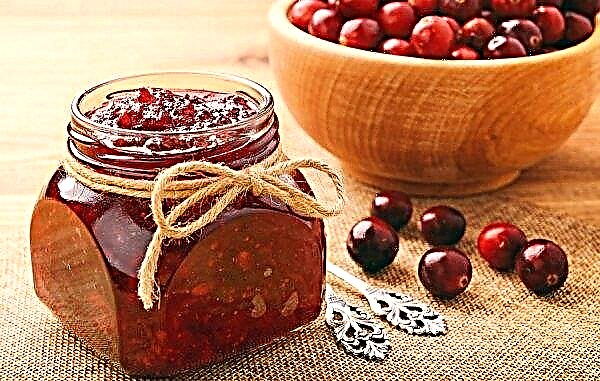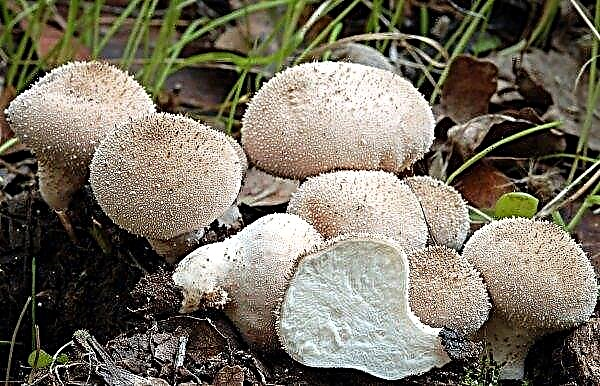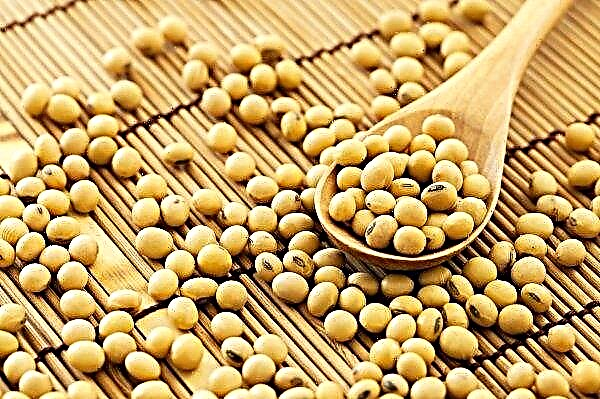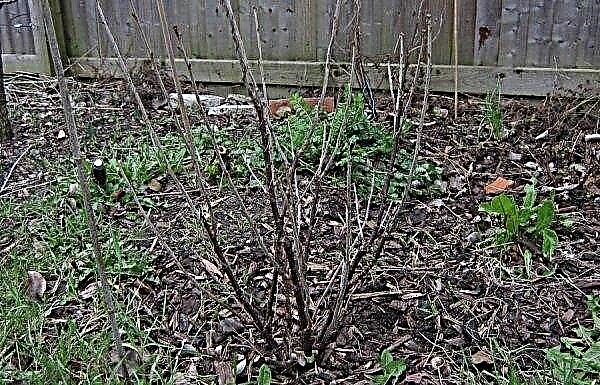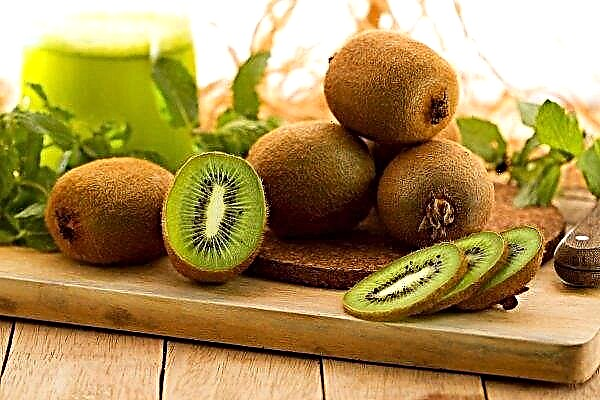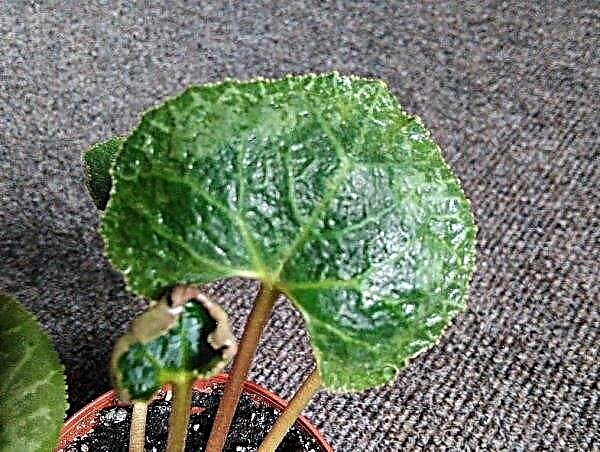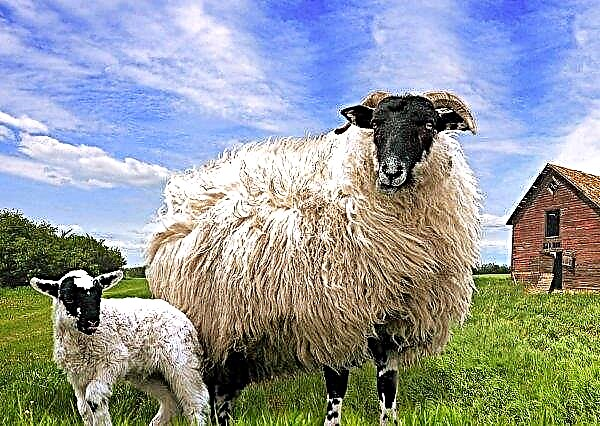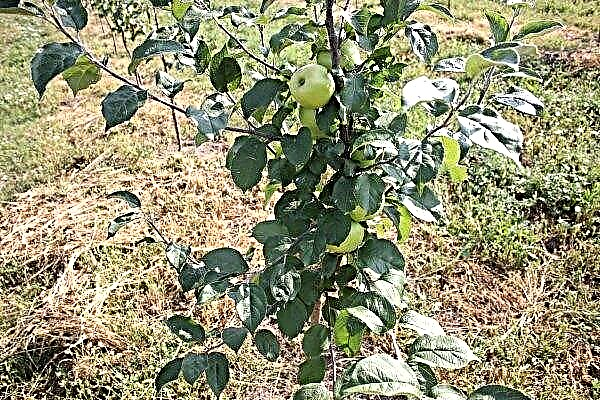Crane F1 is a hybrid cucumber variety obtained by crossing two parental varieties. Thus, he took the best characteristics of the original plants and received high fertility, excellent taste and excellent presentation of the fruit. Many gardeners note that with proper care, even in an unsuccessful year, the Crane pleases with a large number of cucumbers.
Description and characteristics of the variety
Cucumber Crane F1 was obtained at the experimental selection station in the Krasnodar Territory. In 1996, the variety was included in the State Register of the Russian Federation and was identified for zoning in the Central Black Earth Region, Volga-Vyatka, North Caucasus, East and West Siberian, Lower Volga and Ural regions. It is grown in open ground and in a greenhouse.
Important! Plants of this variety, for the most part, grow due to lateral shoots, the main ones develop poorly.
Appearance of the bush and fruits
The plant of this variety grows intensively and reaches a height of 1.9 m. It is climbing, on average it forms about 5 shoots. Due to its considerable height, it needs to be tied to a support. The fruits of the Zhuravlyonok variety have the following external characteristics:
- shape - ellipsoidal, smooth, slightly ribbed, with small pimples;
- color - saturated green with light, bright stripes and slightly noticeable dark spots;
- weight - 80–110 g;
- length - 10-12 cm;
- diameter - 3.6–4 cm.

Taste qualities
The crane pulp has a dense, crispy structure and a characteristic, pleasant cucumber flavor. Taste quality of fruits is high, without bitterness. Variety cucumbers are characterized by universal use. They are perfect for fresh vegetable slices or salad, as well as for preservation.
Productivity
Abundant and long-term yield is one of the main advantages of this variety. Moreover, the Crane bears fruit almost to the cold. So, from 1 m² of planting, on average, you can collect 7-10 kg of fruit. To maintain good yield, plants are planted with a density of 3-4 specimens per 1 m² of area.
Did you know? Cucumbers can be great helpers in everyday life. So, if you wipe the mirror in the bathroom with a cut piece of cucumber, it will not fog up while taking a shower or bath.
Timing of flowering and ripening
The Crane is a mid-early hybrid and needs to be pollinated by bees. From the appearance of seedlings to the beginning of fruiting, 41–45 days pass, and the first ripe fruits can be plucked on the 48–54th day. Usually the first crop is harvested in early July.
Disease resistance
The variety is especially appreciated for its high immunity to many typical ailments of the culture. So, he perfectly resists infection with powdery mildew, cucumber mosaic and bacteriosis.
Plus characteristics and possible disadvantages of the variety
- The Zhuravlyonok variety has the following positive qualities:
- unpretentiousness in leaving and undemanding to soil;
- cold resistance and resistance to temperature extremes;
- high immunity to many ailments and pests;
- stable high productivity;
- the formation of fruits in bunches;
- excellent commercial quality of fruits;
- excellent taste of cucumbers;
- universal use in fresh and canned form;
- affordable cost of seeds.
- Of the relative disadvantages of the variety can be noted:
- significant plant height and, accordingly, the need for props and tying. Sometimes this leads to inconvenience when harvesting.
Cucumber Growing Crane
To get a good harvest of excellent marketable fruits, you must follow all the rules of agricultural technology for planting and growing crops. Cucumbers can be planted both with seeds and seedlings.
Important! For planting cucumbers, you should choose a place where several previous seasons did not grow crops from the pumpkin family - zucchini, cucumbers, pumpkins, melons or watermelons.
Direct landing in open ground
Landing in open ground in the middle lane is carried out approximately at the end of May, at the end of spring frosts. Favorable soil temperature for planting seeds - + 15 ° C. Landing is as follows:
- The soil in the selected area is pre-digged.
- A few days before planting, fertilizers are applied (up to 2 buckets of humus or compost and a matchbox of nitrophoska per 1 m² of plot).
- Mark out the holes, taking into account the landing pattern - 50 × 30 cm.
- Seeds are planted to a depth of 3-4 cm.
- The site is watered with water, metal arcs are installed and covered with a covering material.
Video: sowing cucumber seeds in open ground
Seedling cultivation
Growing with this method allows you to harvest the first crop about a month earlier than when planting seeds. Seedlings are grown in this way:
- Soak the seeds in water or a light solution of potassium permanganate before biting.
- Prepare containers for planting - peat tablets or plastic cups.
- For cups, purchase a soil mixture for cucumbers or make it yourself by mixing equal amounts of turf land, peat and sand.
- Plant the seeds to a depth of 2 cm, lightly water and cover the containers with a film until the cotyledons appear.
- Place containers with seeds on a well-lit window sill and provide the following conditions: lighting - 12 hours, temperature - + 20 ... + 25 ° С, watering - with warm water, neat loosening.
- 3-4 weeks after the appearance of 3-4 true leaves, transplant the seedlings to a permanent place.
 Seedlings are not dived and planted with a lump of earth on the roots. A week before the transplant, the plants begin to temper, exposing them to the street, increasing the time of the “walk” every day
Seedlings are not dived and planted with a lump of earth on the roots. A week before the transplant, the plants begin to temper, exposing them to the street, increasing the time of the “walk” every dayFeatures of bush care
Hybrid varieties are better adapted to various conditions, but need regular maintenance - watering and top dressing. Do not forget to weed and loosen the soil around the plants to protect the planting from weeds.
Watering and feeding
Water the cucumbers with a little warm water as the top layer of the soil dries up. Since they have a fairly branched root system, you need to process the entire area of the site and moisten the soil to a depth of about 20 cm. Watering is done in the morning or early evening. If watered on a hot afternoon, this can lead to burns of the leaves. And when watering late in the evening, before a damp and cool night, fungal damage to plants can develop.
Since the Zhuravlyonok variety is undemanding to the soil, it is often planted in meager areas requiring further feeding. However, even on a fertile bed, additional complex mineral fertilizers are needed in the amount of 30 g per 1 bucket of water (3 l per 1 m² of plot). Mineral feeding alternates with organic - mullein infusion (diluted with water 10 times, insist, take 3 liters per bucket of water) or bird droppings (diluted 25 times with water, insist, take 3 liters per bucket of water). This amount is enough to process 1 m² of bed area. At the same time, fertilizers are applied after watering, the frequency of the event is 1 time in 10-15 days. Cucumbers respond well to foliar top dressing, for example, you can mix 10 g of urea, 6 g of potassium sulfate in 10 liters of water. In this case, the leaves of plants are sprayed only in cloudy, calm weather.
This amount is enough to process 1 m² of bed area. At the same time, fertilizers are applied after watering, the frequency of the event is 1 time in 10-15 days. Cucumbers respond well to foliar top dressing, for example, you can mix 10 g of urea, 6 g of potassium sulfate in 10 liters of water. In this case, the leaves of plants are sprayed only in cloudy, calm weather.
Formation
Since the Crane extends to a considerable height and usually grows on a trellis, care should be taken about its compactness. When the main stem of the plant has grown enough, it is tied to a support and begin to form according to the scheme:
- 1-3 shoots - blinding;
- over 4–7 shoots - removal of flower primordia;
- main trunk and other shoots - standard pinching.
 Diagram of the formation of lashes of cucumbers If cucumbers grow in open ground and the culture goes to the open, then when the main shoot is too long and interferes with other plants, pinch it.
Diagram of the formation of lashes of cucumbers If cucumbers grow in open ground and the culture goes to the open, then when the main shoot is too long and interferes with other plants, pinch it.Pest and Disease Control
Despite the resistance of the variety to many diseases of cucumbers, including powdery mildew, cucumber mosaic and bacteriosis, care should be taken about preventive measures. One of them is pre-seed soaking in special disinfectant preparations. After carrying out this procedure, they should be dried during the day and only then planted in open ground.
Did you know? Cucumber perfectly affects the skin of the face, so it is an ingredient in many skin care cosmetics. Try the regular procedure - put two rings of cucumber on your eyelids for 20 minutes and very soon you will notice a tangible result.
The most dangerous fungal infections for this variety are root rot and peronosporosis. To prevent root decay during planting, the root section of the stem should be sprinkled with sand. Therapy of this disease is carried out by alternative methods - chopped charcoal, ash or chalk. For the prevention of peronosporosis, a double treatment with Fitosporin is used according to the instructions for the drug, and treatment is carried out with copper-containing fungicides. You can also use the alternative method, spraying the planting with a special solution: 1 l of serum, 10 drops of iodine, 1 tbsp. l liquid soap, 1 bucket of water.
For the prevention of peronosporosis, a double treatment with Fitosporin is used according to the instructions for the drug, and treatment is carried out with copper-containing fungicides. You can also use the alternative method, spraying the planting with a special solution: 1 l of serum, 10 drops of iodine, 1 tbsp. l liquid soap, 1 bucket of water.
Did you know? Cucumbers contain a large amount of vitamin K, which has a beneficial effect on the formation and strengthening of bone tissue.
Onion and garlic solution (90 g per 1 bucket of water) or hot pepper solution (30 g per 1 bucket of water) copes well with aphids. For processing 1 m² of planting, 2 l of the product is needed. Slugs and whiteflies are disposed of mechanically. Whiteflies are caught with special traps on the glue, and for slugs, small planks are laid out on the beds, where they are collected manually.
Harvesting and storage
Harvesting Crane is carried out as the fruit ripens. It is better that the cucumbers do not outgrow, as this reflects poorly on their taste. The collection is carried out 1 time in 1-2 days. It is better to do this in the morning, when the fruits are most juicy. The crane is characterized by excellent transportability of fruits and, at the right temperature, retains excellent palatability and presentation for a long time.
In the refrigerator, fruits can be stored in several ways:
- In the compartment for vegetables. No special preparations are required; 3-4 days are stored.
- In the package. Cucumbers are in an open plastic bag covered with wet gauze. Shelf life - up to 10 days.
- In paper. Cucumbers are wrapped in paper towels or napkins and stacked in a plastic bag. Shelf life - up to 2 weeks.
- In water. Cold water is poured into any wide container, where cucumbers are placed 1-2 cm down with tails. Water changes every day. Shelf life - up to 3-4 weeks.
Cucumbers can also be stored indoors:
- In a box or box. At a temperature of + 10 ... + 15 ° C, the shelf life is 2-3 days, at + 6 ... + 8 ° C - up to 10 days.
- In the fabric. Wrap the fruits in a damp cloth and store in a cellar or basement with a temperature of + 5 ... + 7 ° C, moisten the fabric as it dries. Shelf life is about 7 days.
Regardless of the storage method, from time to time you should inspect the cucumbers and remove those that have lost freshness or started to deteriorate.
The Crane is a wonderful productive, unpretentious variety of cucumbers, which has a place in each garden. Follow the recommendations for its cultivation and further care and will certainly get a rich and tasty crop that can be harvested almost until the first cold weather.

